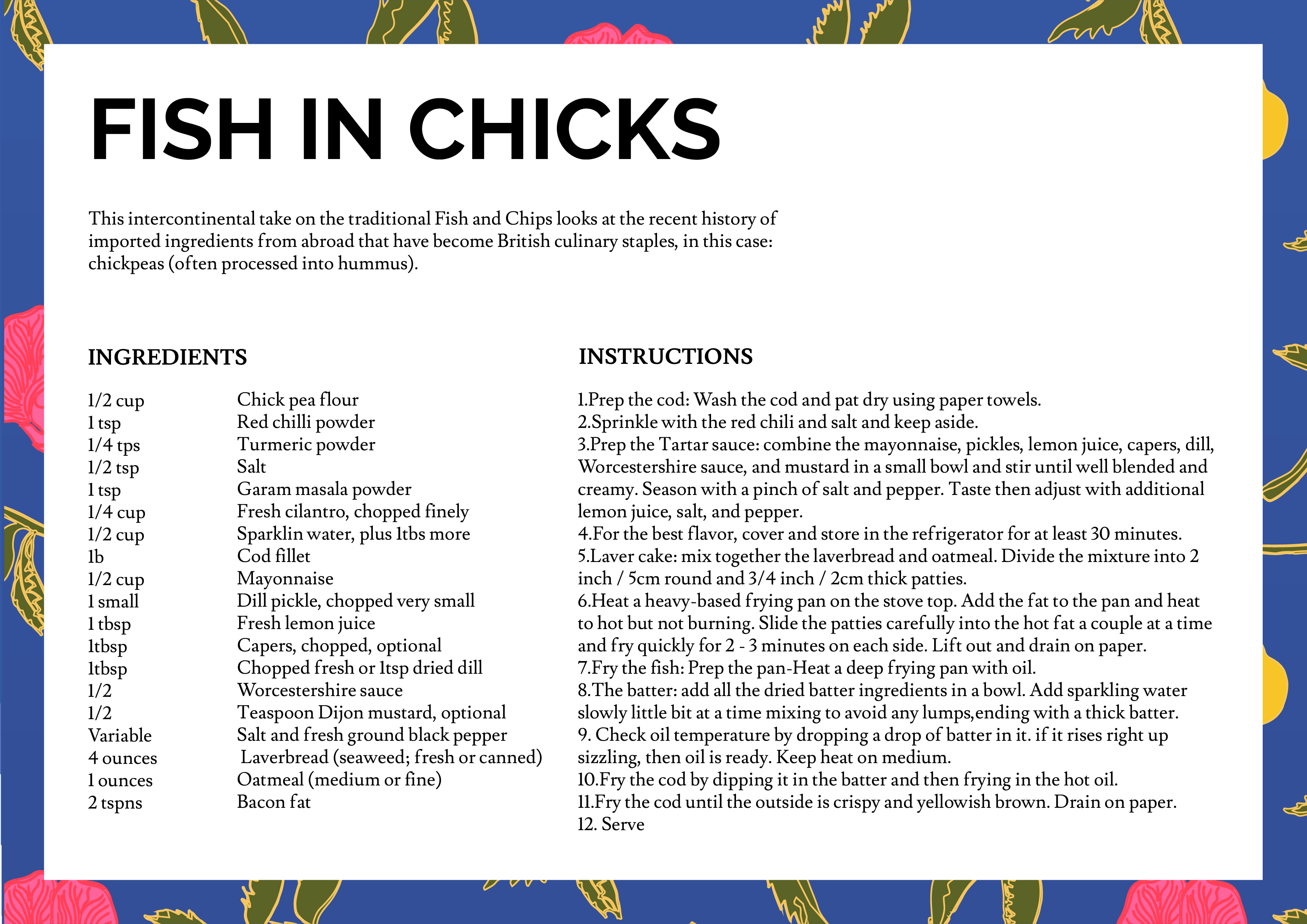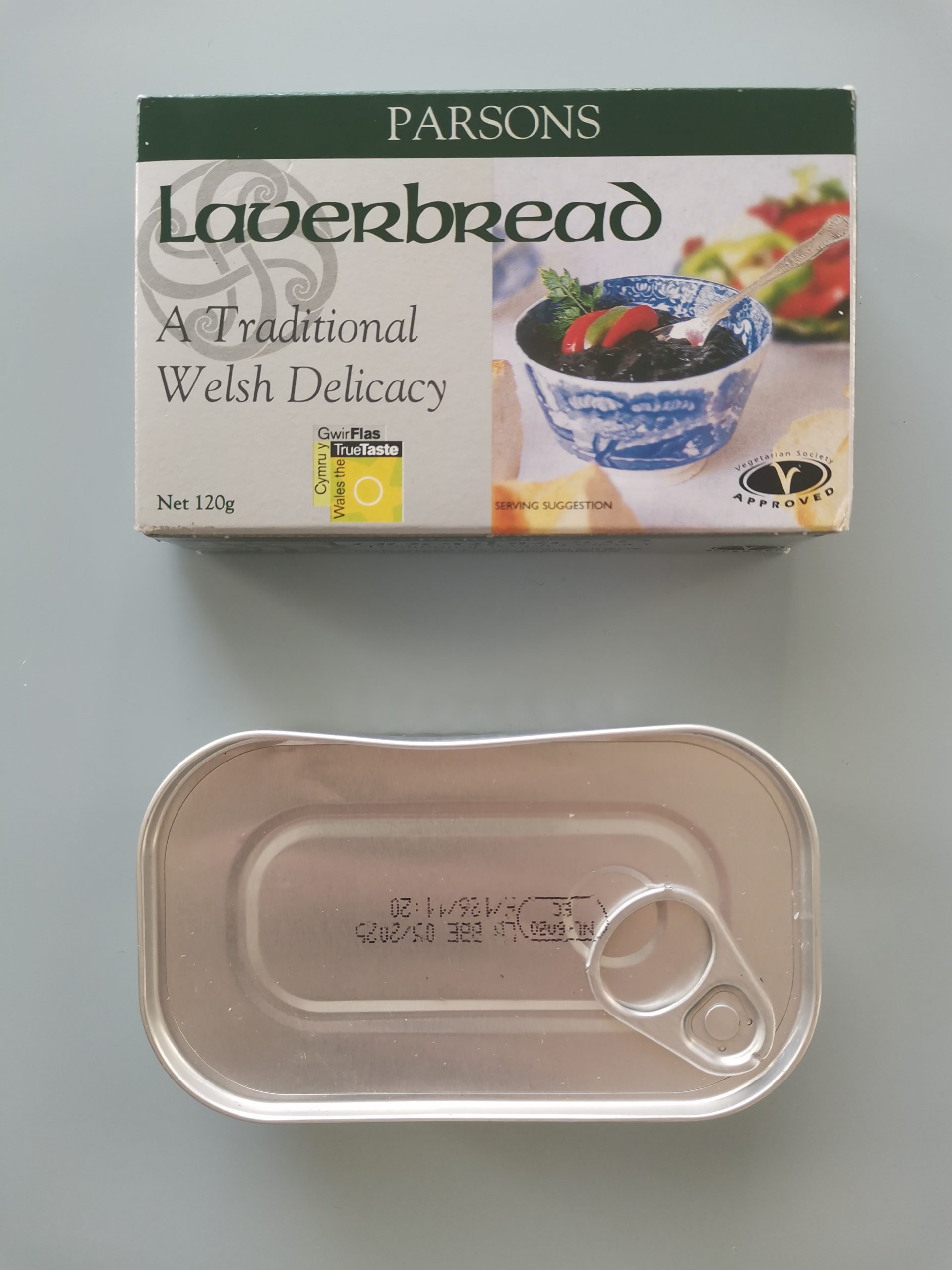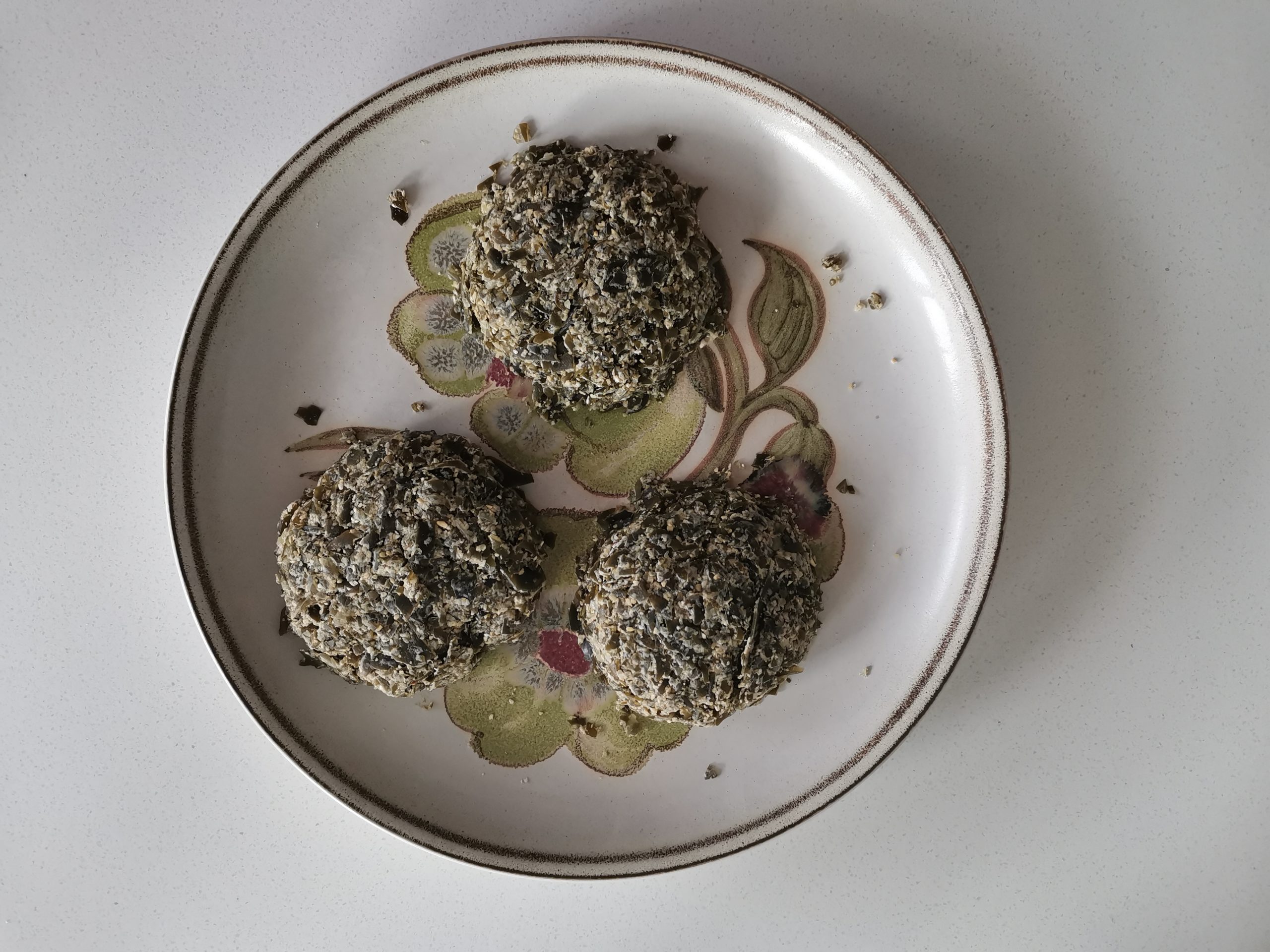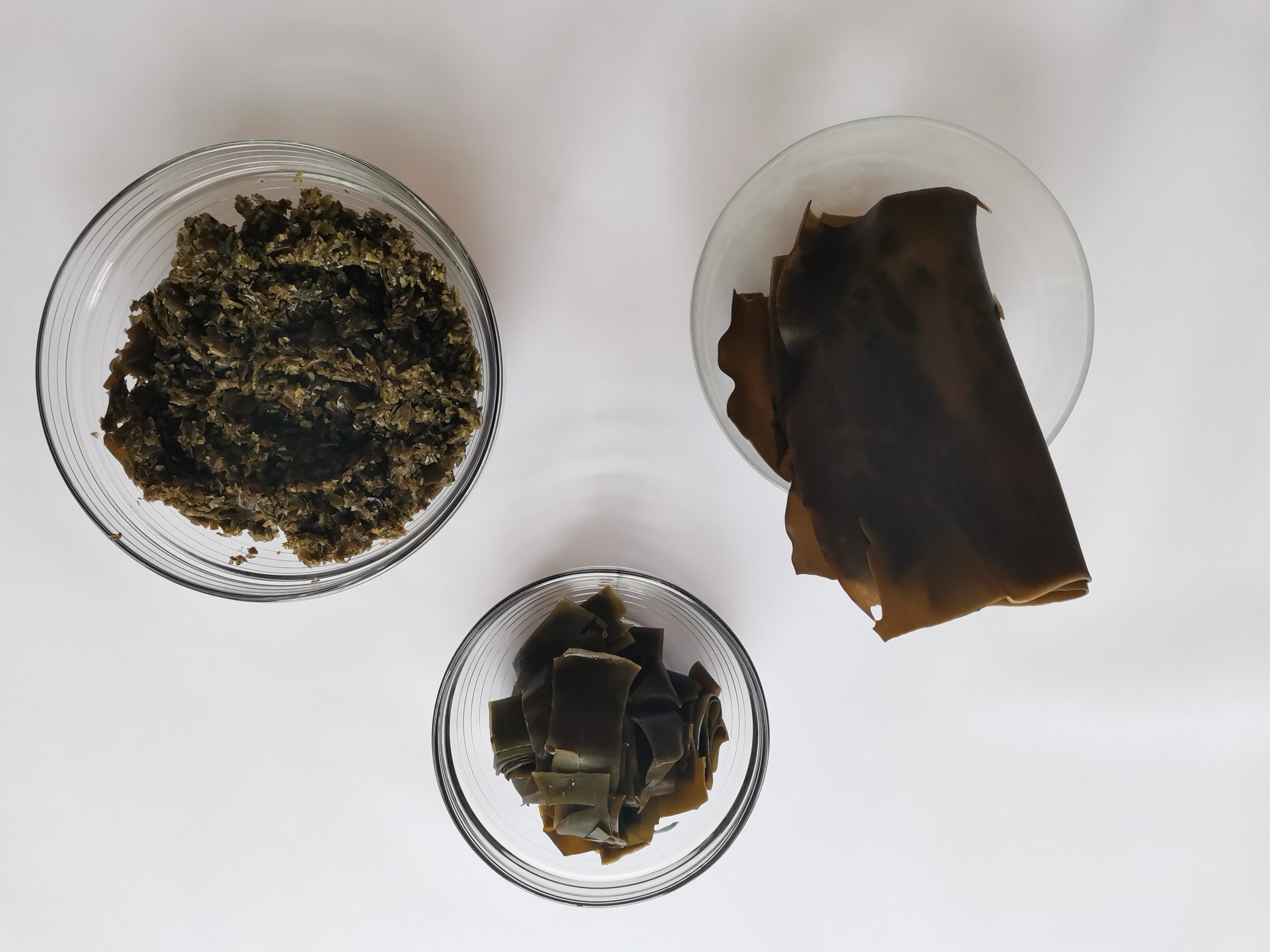Part 1 of BREXIT BANQUET: A Historical Pre-Enactment.
As part of our current research project Brexit Banquet, the Center is exploring how farmers, chefs, policy-makers and eaters will adapt to changing realities and flavours of a disrupted food system post-Brexit.
In order to pre-enact a disrupted food system and preemptively—explore, experience and taste—these changes, we have devised 5 dishes that start to sample a future where every aspect of food culture, soil health and agricultural biodiversity will need to be reconsidered, and will be contested in real time.
New needs, new breeds.
During October 2020 Eileen Reiner (Brexit Banquet lead researcher) has been hands-deep in lamb lung, and knee-deep in farmland exploring the boundaries of her own personal culinary norms, overcoming some squeamishness, and getting in touch with the current and future food system of Great Britain.
Farm visits, test kitchens and ingredient procurement at local retail outlets have each been the methods used to explore culinary biodiversity: the abundance and distribution of ingredients available nearby, for use in the kitchen.

FROM EILEEN’S KITCHEN: FISH IN CHICKS
I would like to invite you into my test kitchen—on the South coast of the English Lowlands beech forests ecoregion—to get a sneak peek into the experiments and process of realising these speculative dishes, using what is currently available to me in my local area. The following is the first dish that was prototyped in our research, which may be further refined in the following months.

The motive:
The first dish on the Brexit Banquet test kitchen menu is Fish in Chicks.
This intercontinental take on the traditional Fish and Chips looks at the recent history of imported ingredients from abroad that have become British culinary staples, in this case: chickpeas (often processed into hummus). Chickpeas eaten in Britain are usually imported from Asian countries. In 2017, India produced 67% of the global total. Climate change has been reported to have disrupted this flow with the 2018 droughts in India affecting international chickpea supplies.

Post Brexit there is likely to be a focus on British-grown crops, self-dependency and a new framing of what “food security” means, due to import/export disruptions, trade deal negotiations and generally chaotic transitions. It seems likely that there will be a conversation and action on stimulating the production of crops that are eaten but not grown in Britain.
Will changes in climate, and trade disruption necessitate or enable previously imported chickpeas to be grown on British soil? Will there be an era of seed breeding to satisfy our diverse tastes post Brexit?
Hodmedods have been experimenting and have succeeded in growing the first lentils, chia seeds and chickpeas on British soil in Norfolk.
The chickpea water (Aquafaba) has been growing in popularity as an egg alternative, and chickpea flour is on the uptake. I have seen this versatile pulse use in both sweet and savoury dishes such as chickpea nuggets, brownies, cakes, not to mention in falafels and dips.

Could chickpea even make it into some of the UK’s traditional dishes as a substitute for wheat flour in chip shop batter? As for the chips themselves, the UK has plenty of fresh potatoes, but most of their frozen potatoes—mainly used for chips—comes from the EU. I found the following recipe for the chickpea fish batter online, which means there are people out there already experimenting with chickpea battered fish!
The Dish:

The Shopping:
The thought that I should have prepped this shop earlier started to loom as I scanned down the diverse list in front of me and flicked through the local supermarket stocklist (my Amazon account waiting as a backup in the next tab). I then remembered that I am lucky enough to have Taj, a specialist food shop with ‘The very best ingredients the world has to offer’ right at the bottom of my road!
A spice trail:
The chickpea batter wouldn’t be half the sensorial surprise without a mix of spices. I must admit I felt pretty bewildered and a tad embarrassed about being so lost in the powdered spice section of Taj. I have always been aware that the spices I commonly use in my kitchen are only the tip of the Iceberg (if that) but the choice in front of me now spanned the entirety of an isle. I spent what felt like half an hour reading every small package label, until I found the four ingredients on my list: Garam masala powder, Madaras Curry powder, Tumeric powder and Red chilli.


A desperate seaweed resurrection:
What inspires me about this dish is the combination of traditional foods and ingredients across internal and external cultures. Laver cake is a simple traditional Welsh seaweed pattie often enjoyed by fishermen or on the side of fried Breakfasts. It looked right up my street, and I thought it might be an exciting replacement for the chips, although I have to say I had never tasted or heard of it before! Surprisingly, the main ingredient laverbread (a popular welsh product of canned seaweed) was nowhere to be found here in Brighton.

No laverbread = no lavercake? I remembered that my mum uses seaweed as an additive in her humous and that you can, of course, bring dried seaweed back to life if you soak it! So I found myself in the local chinese food store buying two packets of dried Kombu seaweed for the blender. Let’s see how this goes!
Taj also stocked chickpea flour, and the rest of the ingredients were pretty easy to find in my local supermarket.


The Cook:
Highlights of the cook included…
Prepping the seaweed for the Lavercake: I Soaked the dried Kombu overnight, diced it and put it in the blender to see if I could re-create laverbread. Any readers familiar with lavercake may be cringing…but I am always up for an experiment! For the Lavercake mixture, I mixed the blended seaweed with the oat mill and added a bit of salt for good measure then put it to one side. This mixture would later be rolled into balls and squished into satisfyingly round little patties for frying.

The Chickpea batter prep: Mixing all the herbs and spices along with the chickpea flour and sparkling water in a big mixing bowl had all the familiarity of batter but looked vibrantly unknown and exciting….! As I mixed the batter I started to fantasise about what the combination of cod, batter and Indian spice might taste like.

The Cod: The cod was fresh from Sainsbury’s fish counter. I wonder where the Cod was caught? They promote themselves to be ‘the UK’s largest retailer of Marine Stewardship Council (MSC)’ and ‘responsibly sourced’ fish. On their website I noticed that they also sell coley. Coley is part of the cod family and inhabits coastal water of the UK. ‘Lots of British fish is exported because we’re less familiar with it, so why not try something new? Choosing succulent coley will help us prevent overfishing, reduce discards and you’ll save money, too.’
The Cod had a beautiful side of mottled scales that in the right light had an almost fluorescent pinky-purple sheen to them. Something that you don’t really get to see once disguised in its batter casing in the local fish and chip fish shop.

The outcome:
The chickpea battered cod itself was every bit of the discovery I’d hoped it would be! I could definitely taste the chickpea and a blend of all the Indian spices that accompanied it nicely, but with the comforting familiar grease of chip shop batter, and light fluffy cod to balance it all out.
As for the Welsh Lavercakes, I could definitely see the potential but am sure that somewhere between choosing lard over bacon fat, and dried seaweed over traditional laverbread I had done it an injustice! I have since found a few more recipes and ordered some proper laverbread, that arrived a few days ago, and am ready to give it another bash! I will use bacon this time too…and perhaps trial some of the recipes written on the back of the tin…
For this dish, I would also suggest making your own fresh tartar sauce rather than a commercial one. There are some great recipes out there with a real pickley kick that I think will cut through a lot of the flavours and fats in this dish.
Overall I found Fish in Chicks to be a full flavoured success! The lavercakes (properly prepared) worked nicely as a chip substitute, anchoring the dish to a coastal association; bringing the fresh salty taste of the sea to the side of the chickpea fish.
Could this be a preview of a future where chickpeas are sewn across the British Isles, and start being snuck into all manner of recipes?